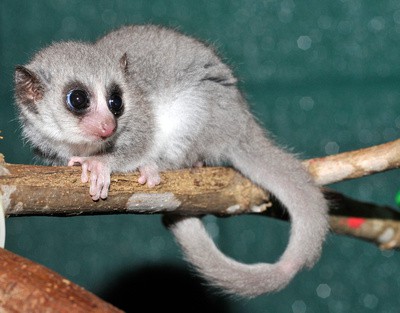
Wide awake The fat-tailed dwarf lemur hibernates for up to seven months out of the year.
A study published by the Duke University Lemur Center in Durham, N.C., and led by Duke sleep researcher Andrew Krystal, has highlighted the differences between hibernation and sleep, shed light on the physiological reasons for sleep and may be a first step in inducing hibernation-like states in humans for a variety of medical purposes.
Scientists at Duke studied the hibernating fat-tailed dwarf lemur, a native species of Madagascar, in captivity and the wild. The squirrel-sized primate is the closest genetic relative to humans that is known to hibernate.
Dwarf lemurs experience a hibernation state called torpor for up to seven months per year. During torpor, the heart rate can drop from 120 beats per minute to six and breathing slows to a crawl. Instead of maintaining a steady body temperature like most mammals, the lemur’s body heats up and cools down with the ambient temperature.
Findings from the study supported the idea that without a need for thermo-regulation, hibernating animals can sleep less. In torpor, the lemurs went for days without experiencing the slow-wave, low-amplitude brain activity associated with deep sleep. In addition, they entered REM sleep only when temperatures rose above 77 degrees F.
The Duke team next will study another group of hibernators from Madagascar, the hedgehog-like tenrec.
By identifying similarities between dwarf lemurs and other hibernating animals, researchers may one day be able to induce hibernation-like states in humans, a Duke news release said. Being able to place the human body in standby mode by temporarily reducing heart rate and brain activity could buy time for patients who have suffered head trauma or heart attacks, extend the shelf life of transplant organs or even open the door to long-distance space travel.
“The relationship of sleep with temperature and metabolic rate in a hibernating primate” was published Sept. 4 in the online scientific journal PLOS ONE, www.plosone.org.




